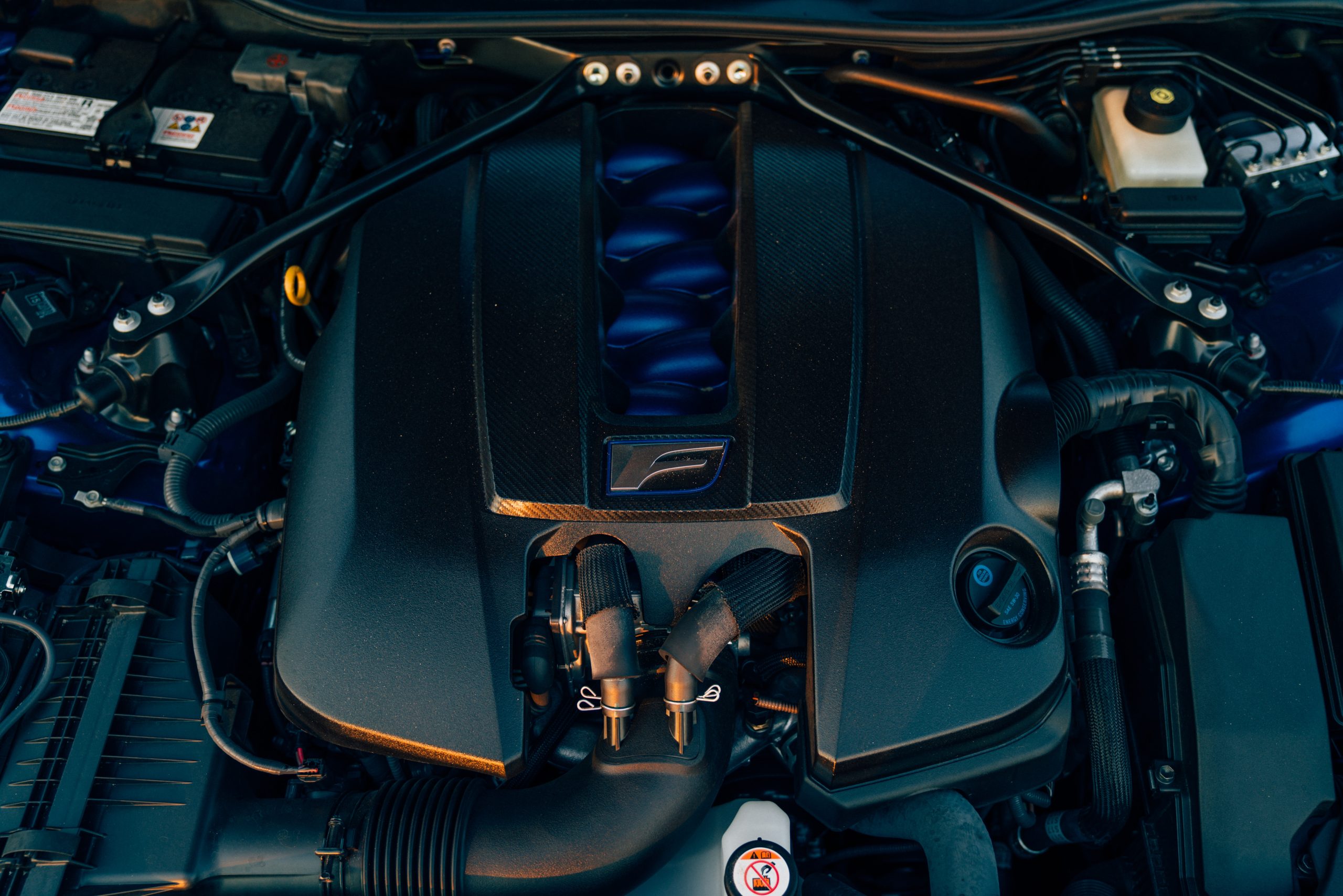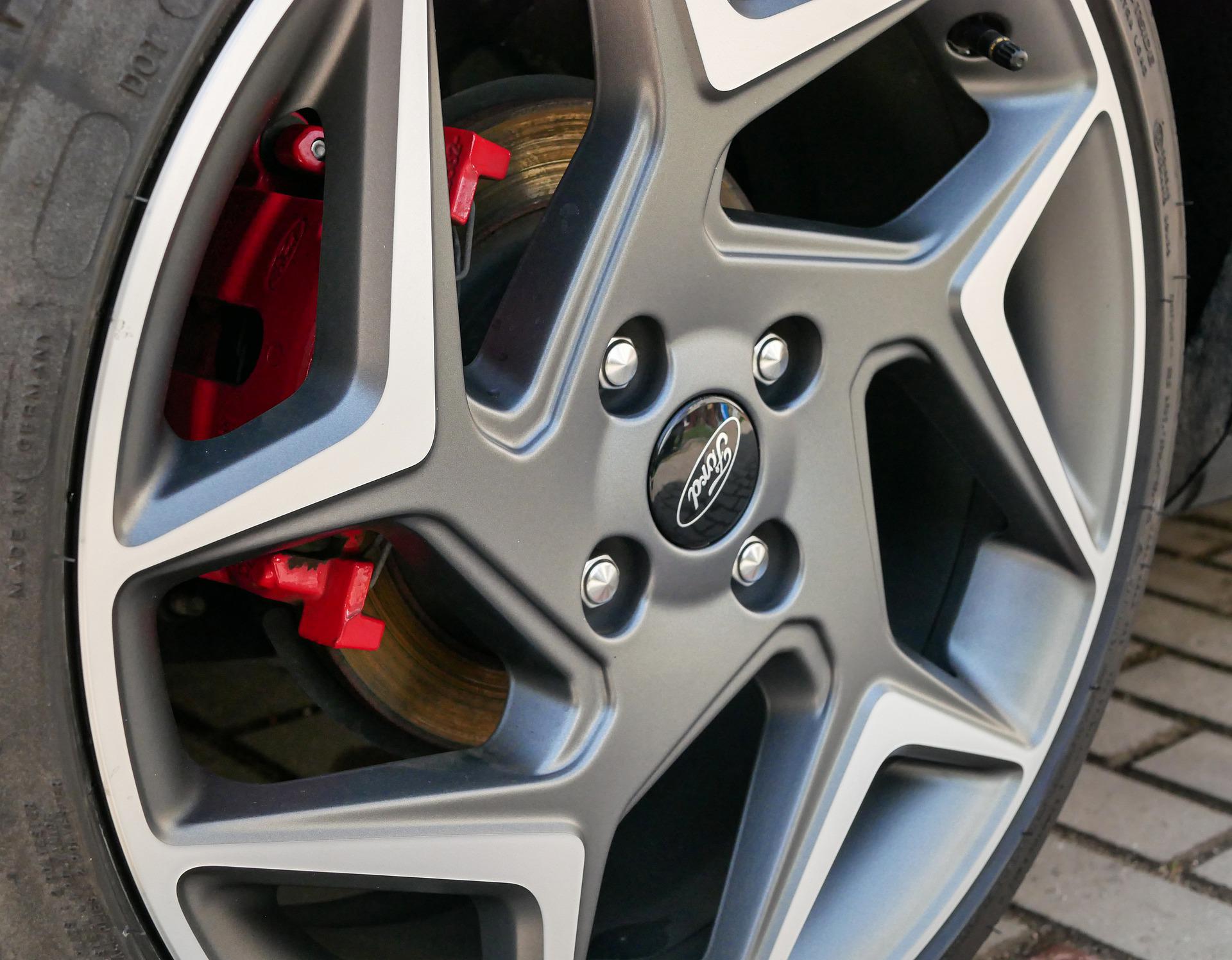Despite being a solid entry in the company’s lineup, Ford 1.5 EcoBoost engine problems are surprisingly common. Amongst the most significant is an issue with the coolant system. This leads to overheating and damage to other components, causing owners considerable headaches as a result.
While the Ford 1.5 EcoBoost is a largely reliable engine the type of problems it experiences can be costly. Owners should, therefore, keep a careful watch in order to avoid further damage to their car.
Below, we’ve put together a guide on what Ford 1.5 EcoBoost symptoms to look out for and the recommended fixes to get your car back up and running.

Cars featuring the 1.5 EcoBoost
The Ford 1.5-litre EcoBoost petrol engine was first introduced in 2013 as a fuel-efficient alternative to European, Asian, and North American markets. With lots of tweaks and additions, the 1.5 offers similar horsepower to its 1.6-litre option while delivering better fuel economy and lower emissions.
Ford introduced the 1.5L variant as a way to appease Chinese vehicle taxes. There, vehicles featuring an engine of 1.5-litre or less are taxed less, making the engine particularly attractive to Asian markets. The engine was largely based on Ford’s 1.0L and 1.6L EcoBoost engine, but with a couple of major changes. These include an integrated exhaust manifold to improve cold starts and a CPU-controlled water pump clutch for fuel efficiency.
Cars featuring the 1.5L EcoBoost engine are:
- Ford Mondeo
- Ford Fusion
- Ford Focus
- Ford C-Max
- Ford Escape

Is the Ford 1.5 EcoBoost a good engine?
On the whole, the Ford 1.5L EcoBoost is considered a solid engine but is prone to significant problems with a lot of owners unhappy with its reliability.
As a successor to the 1.6L, it is largely successful. It has a cast iron crankshaft with 4 counterweights and 5 main bearings with a shorter stroke. This means power is found higher in the rev range making the engine particularly suitable for general road use with high revs and less stress on parts.
Nevertheless, things haven’t gone smoothly for Ford. In 2021, a class action lawsuit was filed against Ford for coolant leak issues damaging owners’ cars. The cars affected were produced between 2013 and 2019 many of which featured the Ford 1.5 EcoBoost. The lawsuit’s claimants argue that the problem is a design fault and Ford’s engineering is to blame.

Common Ford 1.5 EcoBoost Engine Problems
Ford’s 1.5 engine problems range from fairly minor to major issues that can write off your car. It’s important to spot problems early to prevent further issues from developing.
Below, we’ve put together a list of the most common Ford 1.5 EcoBoost problems with symptoms to look out for and how to fix them.
1. Carbon buildup
Carbon buildup is a common problem in modern engines and is caused by fuel being injected directly into the cylinder head. This provides fuel efficiency and performance benefits but causes oil deposits to form in the intake ports and valves.
While the 1.5L is not especially prone to carbon build, it is a problem that some owners face. Most cars will face issues around the 70,000-mile+ mark as deposits.
Symptoms: You may notice a loss of power in your vehicle with poor acceleration and reduced fuel efficiency. Carbon buildup can also make the engine work struggle to start from cold or even misfire.
Fix: To remove carbon buildup you need to clean the intake valves. This requires the removal of the intake manifold and is something not recommended unless you are experienced with car engines. A professional mechanic can perform a valve clean for you and will cost £100+.
Over-the-counter chemical treatments are also available that can help dissolve buildup in minor cases.

2. Leaky coolant system
The biggest problem with Ford’s 1.5 engine is that it has a tendency to leak coolant. It is thought that this is due to the design of the engine block and head and is an inherent flaw affecting a lot of Ford’s lineup.
Instead of coolant circulating between the engine and radiator, it appears to simply pool within the block and combustion chamber.
Symptoms: Engine overheating is the most common sign of a coolant leak so keep an eye on the temperature dial. You may also notice engine misfires and reduced performance.
Fix: Unfortunately, as this is likely a design flaw with Ford’s engine there is no solution to the leaky cooling system. While Ford does not concede a design flaw, they do claim the vast majority of owners do not suffer from this problem. A simple replacement is the best course of action.
3. Clogged fuel injectors
Another problem with direct injection fuel systems is they tend to get clogged up over time. The 1.5 EcoBoost is no different. Fuel injectors become clogged by sediments and particles caught up in the engine through the fuel and general wear and tear.
Symptoms: The most common symptoms of a clogged fuel injector are a rough idle and an RPM needle that jumps up and down. This is down to varying amounts of fuel combusting. You will also notice you get fewer miles per gallon and the occasional misfire.
Fix: There are several fuel additives available to help clean fuel injectors. These are relatively inexpensive and usually effective. Wynn’s are the market leaders in fuel additives. Get you petrol engine additive here & your diesel engine additive here. In more serious cases, you can professionally clean or replace clogged injectors with prices typically starting around £100+.

4. Burnt out spark plugs and ignition coils
The 1.5 EcoBoost is also prone to spark plug and ignition coil burnouts. While this problem is no more serious than any other engine, owners do report premature failures. It’s worth making the replacement of these components part of your standard 1.5 EcoBoost maintenance routine.
Symptoms: A worn spark plug or ignition coil is fairly noticeable. You will experience misfires and a particularly rough idle. You will notice the car’s performance is lacking and often stutters.
Fix: Replacing spark plugs and ignition coils is something you can do at home and are fairly cheap. A set of spark plugs costs around £20 with an ignition coil costing around £40+.
5. Turbo issues
With measures introduced to reduce emissions, the 1.5L EcoBoost uses a turbo to deliver extra performance. The coolant leak issue comes into play here, with the liquid occasionally entering the turbo system. While this issue does not affect everyone, there are plenty of owners who report issues with their turbo as a result of the coolant leak issue.
Symptoms: Though not a common issue, coolant in the turbo system will be burnt off resulting in clouds of white smoke from your exhaust and possibly from under the bonnet.
Fix: Replacing the turbo is usually not necessary with the coolant leak the real issue here. Most owners report no loss of power as a result of coolant leaking into or from the turbo. The problem lies, instead, with the flawed coolant system.
However, turbo issues are not unheard of on higher mileage examples. The most effective course of action is usually refurbishment. Some clever new fuel additives can also resolve the issue depending on the root cause.

6. Overheating damage
Another problem owners have as a result of the faulty coolant system is damage to pistons and cylinder heads. This problem affects 2017 1.5 EcoBoost engines especially. As the engine overheats due to low coolant, pistons and other components overheat, leading to cracks in cylinder heads. This led to a 2017 recall to install coolant level sensors.
Symptoms: Keeping a close eye on your coolant level is necessary, especially if you have a 2017 model. You will see the temperature gauge swing right and the overheating light switch on. Overheating also results in reduced engine performance and a burning smell.
Fix: Overheating ranks among one of the most common 1.5 EcoBoost problems and should be monitored carefully. Not every engine is affected but can prove extremely costly if ignored, and can permanently damage components. Keeping your coolant level topped up is therefore vital. If dashboard lights come on, use your scan tool to check the error codes to diagnose the exact issue.

How long will a 1.5 EcoBoost engine last?
As with most of Ford’s lineup, a 1.5 EcoBoost should last at least 150,000 to 180,000 miles. Providing you do not encounter the aforementioned coolant issue a 1.5L EcoBoost should last even more, with some reporting mileage of 200,000+.
Is the Ford 1.5 EcoBoost engine reliable?
As with anything, owners without trouble rarely comment online. It’s important therefore not to blow the coolant issue out of proportion. Ford claims the issue only affects a small amount of engines, despite being a design flaw. This is backed up, however, by the enormous amount of vehicles still on the road with the 1.5 EcoBoost under the bonnet.
Most owners find the 1.5 EcoBoost to be a reliable, solid engine that delivers mid-level performance and good fuel efficiency.

Does the Ford 1.5 EcoBoost have a timing belt?
Both the 1.5 and 1.6 EcoBoost engines are based on the Sigma engine family which use timing belts. These timing belts use an oil bath to maintain friction and avoid some of the problems of timing chains or dry belts. Ford recommends replacing the timing belt after 125,000 miles.
FAQs
What oil should I use for my Ford EcoBoost?
Ford recommends Motorcraft motor oil. Amazon can be one of the easiest places to stock up on the oil of your choice. Order some good quality oil now to ensure you are not caught slacking with your car maintenance regime.
How long will a 1.5 EcoBoost last?
You can expect the 1.5 EcoBoost to last around 150,000 miles or more if carefully maintained. You will want to regularly check the coolant levels as it is prone to overheating. Performing regular oil and spark plug replacements can also keep the engine in good shape.
What horsepower is a 1.5 EcoBoost?
The 1.5 EcoBoost can output a maximum of 181 hp. The C-Max has the lowest power output with around 148 hp at 6000 RPM. The Ford Fusion saw output reach 181 hp.

Is the 1.5 EcoBoost better than the 1.0 EcoBoost?
While the 1.5 EcoBoost is a more powerful variant of the range, the 1.0 is considered more reliable. The 1.0 EcoBoost has an updated coolant pipe and extra pump to keep the engine and turbo cooler. Those who demand extra power will be unhappy with the 1.0 litre’s output, however with the first and second gear feeling more sluggish than the 1.5’s equivalent.
Should I avoid a 2017 1.5 EcoBoost engine?
While the 1.5 EcoBoost range is largely reliable, the 2017 production is the most affected. Cars with the 2017 1.5 EcoBoost engine were recalled to have an extra coolant sensor fitted to avoid further damage. Before buying a 2017 variant, therefore, it can be worth checking to ensure this sensor has been installed. Ford 1.5 EcoBoost Engine problems are not as common as it first appears and the engine should not necessarily be avoided at all costs.
Conclusion
On the whole, the Ford 1.5 Ecoboost engine is a reliable and economic powerplant. With many models reaching an average of 46 – 57 MPG, it is certainly a great choice with today’s high cost of fuel. As with other Ford engines both past and present, replacement parts and maintenance is generally inexpensive when compared to direct rivals.
Be sure to keep on top of your service schedule, and don’t let engine issues go unresolved. This may save you a considerable sum down the road.
If you are currently having issues with your vehicle an On-board Diagnostic (OBD) scanner will help you diagnose the issue for as little as £25. We have put together a list of The 4 Best OBD-II Scanners for 2023 to help you decide which one best fits your needs.
If you have experienced your own Ford 1.5 EcoBoost Engine problems, feel free to leave us a comment below. Happy driving!




